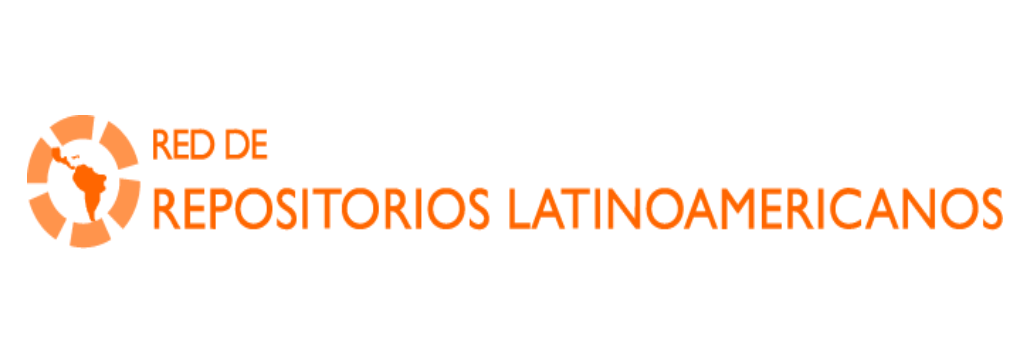Las tecnologías de la información y las comunicaciones en el fortalecimiento del pensamiento físico matemático
Artículo de revista
2020-12-14
Aibi revista de investigación, administración e ingeniería
Colombia
El objetivo de la investigación fue asociar el uso de las tecnologías de la información y las comunicaciones, concernientes al ejercicio de la labor de un grupo de estudiantes pertenecientes a universidades públicas, ubicadas en el Departamento Norte de Santander con el desarrollo del pensamiento, y las condiciones psicosociales, económicas, sociodemográficas. En esta investigación con enfoque multimétodo, se aplican instrumentos para identificar herramientas tecnológicas implementadas por 101 profesores, determinar el desarrollo de pensamiento, conocer las condiciones sociodemográficos y psicosociales de 537 estudiantes de 3 universidades, y en consecuencia determinar un modelo que asocie y explique el nivel de desarrollo del pensamiento matemático de los estudiantes universitarios. Se realizan estadísticas descriptivas de las diferentes variables; y modelos Logit para identificar los factores que influyen utilizando tecnologías. Con un 95% de confiabilidad, los resultados indican que no existe vulnerabilidad psicosocial y los modelos indican que factores gestión educativa relacionada a planeación profesor, herramienta didáctica, resultado de aprendizaje, acceso a plataforma, competencia de innovación, disminuyen o mejoran, la probabilidad de potenciar el desarrollo del pensamiento físico matemático. Se concluye que regresión logística ordinal permite e identificar factores utilizando TIC para pronosticar incrementos en el nivel de desarrollo del pensamiento físico-matemático The purpose of the research is to identify the relationship between the development of mathematical physical thinking, understood as the ability
to mathematize physical phenomena, with the use of information and communication technologies, with control variables identified from the
psychosocial, economic and socio-demographic conditions of students belonging to public universities, located in the Department of Norte de
Santander. In this research with a multi-method approach, instruments are applied to identify technological tools implemented by 101 teachers,
determine the development of thinking, know the socio-demographic and psychosocial conditions of 537 students from five higher education
institutions, and consequently determine a model that associates and explains the level of development of mathematical thinking using
technologies in university students. Descriptive statistics of the different variables are made; and logit models to identify the factors that
influence them. With a 95% reliability, the results indicate that there is a significant functional relationship between the development of physical
mathematical thinking and the variables educational management related to teacher planning, teaching tool, learning outcome, access to
platform, innovation competence. It is concluded that an ordinal logistic regression model allows identifying factors associated with the use of
ICT to forecast increases in the level of development of physical-mathematical thinking
Descripción:
Las tecnologías de la información y las comunicaciones en el fortalecimiento del pensamiento físico matemático.pdf
Título: Las tecnologías de la información y las comunicaciones en el fortalecimiento del pensamiento físico matemático.pdf
Tamaño: 588.7Kb
 PDF
PDF
 LEER EN FLIP
LEER EN FLIP
Título: Las tecnologías de la información y las comunicaciones en el fortalecimiento del pensamiento físico matemático.pdf
Tamaño: 588.7Kb
 PDF
PDF
 LEER EN FLIP
LEER EN FLIP
















